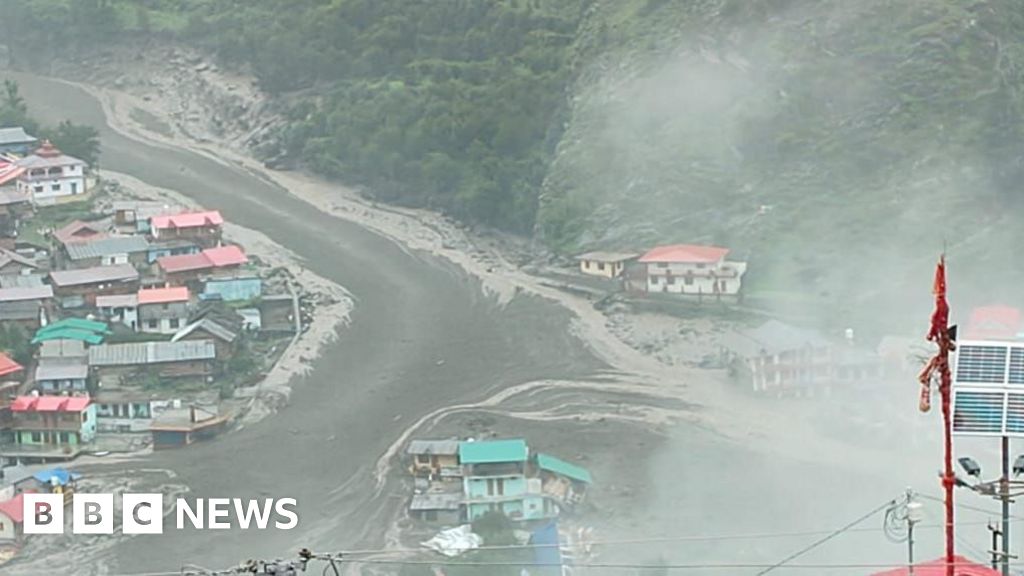ARTICLE AD BOX
BUENOS AIRES, Argentina -- Transparent-faced fish drift through dusky waters. Snowlike flecks of dead plants sift down from the world above. Soft sponges peek through the soot of the seafloor. Only occasional mutters among marine biologists break the thick silence.
And somehow, this livestream of sea life in the South Atlantic feels like it has everyone in Argentina watching — or talking and making memes about it.
The group of Argentine and American researchers behind this remotely operated vehicle filming life-forms 4,000 meters (13,000 feet) undersea told The Associated Press on Monday that they couldn't have imagined that their expedition would become such a sensation. It has attracted more than 1.6 million views a day on YouTube, dominating TV news broadcasts and even sparking a national conversation about the defunding of Argentine science under libertarian President Javier Milei.
“It was a huge surprise for us,” said expedition leader Daniel Lauretta. “It's something that fills our hearts because we want to spread the word. Perhaps there are young people who are learning, maybe we're awakening some scientific curiosity.”
The vast array of creatures glimpsed via high-definition camera include a placid starfish so orange it evokes Patrick of “SpongeBob SquarePants” cartoon fame, a sea cucumber reminiscent of a sweet potato, a deep sea crab that looks like a hairy spider.
The images have created a sense of collective wonder at the mysteries of the deep sea — and with it, a hearty dose of anthropomorphism as viewers assign zodiac stars to invertebrate and take social media quizzes along the lines of “Which deep sea creature are you based on how you handle stress?” (If you ignore the world you’re a translucent squid, if you explode with anger you’re apparently a pistol shrimp).
Often peaking at 50,000 simultaneous viewers, the livestream began last week and runs everyday until Aug. 10 for up to 10 hours as the scientists map the little-researched submarine gorge off the coast of Buenos Aires, collecting samples and identifying scores of new species.
“The clarity was incredible. The colors, the zoom capability — that really amazed me,” Lauretta said. “I think that feeling reached the public too.”
The project is a collaboration between scientists mostly from Conicet, Argentina's leading scientific funding and research body, and the Schmidt Ocean Institute Foundation, a nonprofit set up by Google’s former executive chairman Eric E. Schmidt to advance oceanographic research. The expedition has also inspired pride in Argentine research at a time when Milei is slashing spending on science in a drive to eliminate Argentina's chronic fiscal deficit.
Researchers and fellows from Conicet have sought to seize on the attention by calling for a 48-hour nationwide strike Wednesday.
“Argentines are very passionate about everything that happens in Argentina," said Georgina Valanci, 40, who seemed mesmerized by the livestream while crocheting on Monday. “I think it represents a bit of the pride that something like this is being done in our country.”
Milei dissolved the Ministry of Science and Technology after coming to power in late 2023. Conicet suffered a 21% budget cut in real terms last year. Salaries for Conicet researchers have lost 35% of their value in recent months. Industry estimates show state-funded science and technology organizations losing 3,400 jobs in the last year and a half.
Each day as the video shows sea stars regenerating arms or amoeba engulfing prey, comments pop up expressing support for Conicet in real time. “Long live Conicet!” several users posted on Monday.

 4 hours ago
8
4 hours ago
8








 English (US) ·
English (US) ·